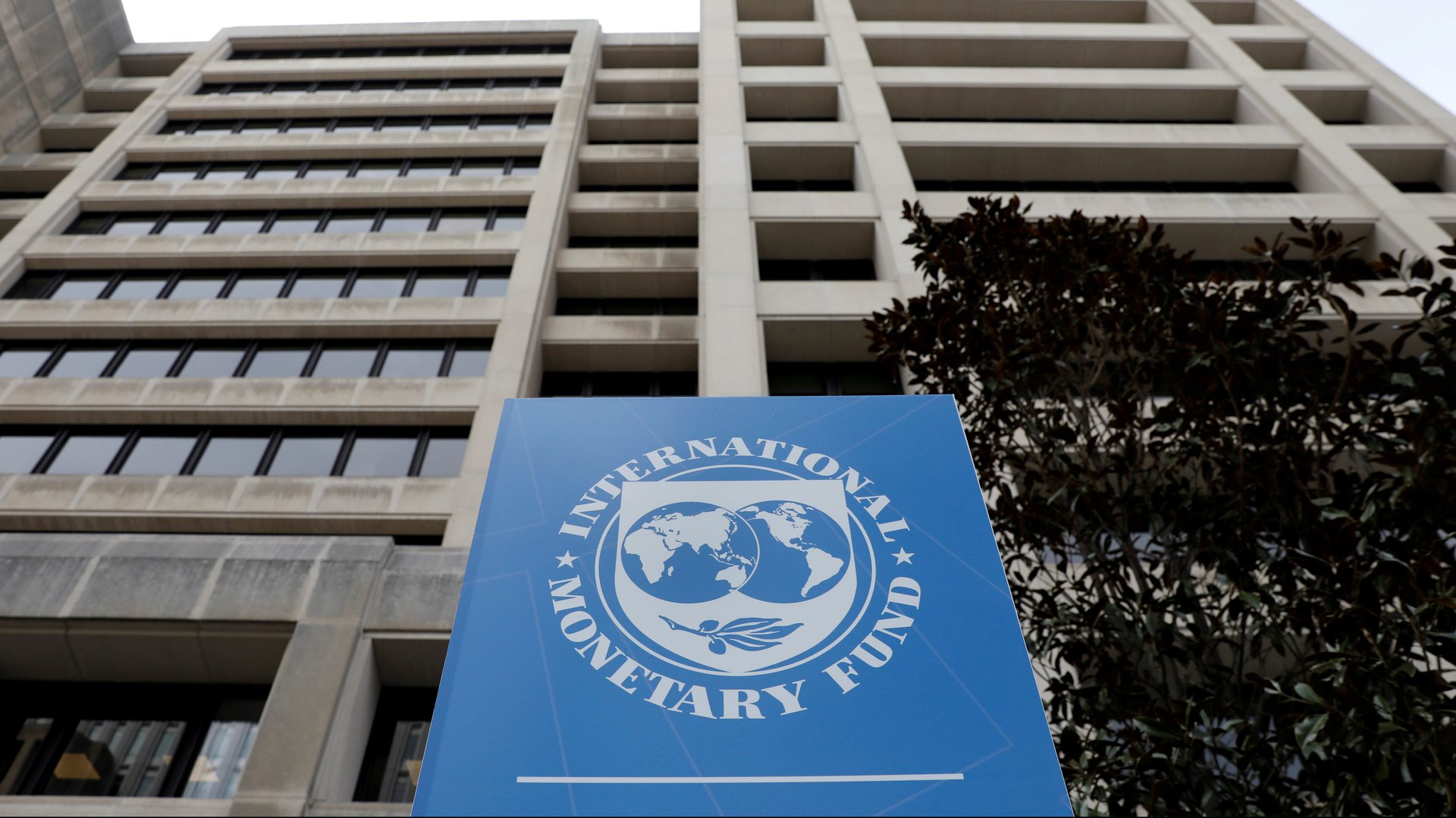IMF data shows over 190 countries’ economic responses to coronavirus-led disruptions
Governments around the world are planning to spend and lend trillions of dollars to bolster their economies against the disruption caused by the new coronavirus pandemic. As officials shutter everything from pubs to hotels to slow the spread of Covid-19, the International Monetary Fund is tracking the ways countries are aiming to support their workers and businesses. It is perhaps the best source of information on how the world is responding economically to coronavirus.


Governments around the world are planning to spend and lend trillions of dollars to bolster their economies against the disruption caused by the new coronavirus pandemic. As officials shutter everything from pubs to hotels to slow the spread of Covid-19, the International Monetary Fund is tracking the ways countries are aiming to support their workers and businesses. It is perhaps the best source of information on how the world is responding economically to coronavirus.
“These measures are most welcome and essential, and more will be needed,” IMF managing director Kristalina Georgieva said when the policy tracker was launched on March 25. “Sharing knowledge about Covid-19 enables us all to tackle the crisis more effectively.”
So far the IMF, an international organization that seeks to improve financial stability, is keeping tabs on 192 countries and says more will be added. As the global recession gains force, almost all nations have at least some measures planned or in place. The efforts range from monetary easing to keep financial markets operating and to lower interest rates, to fiscal spending to counteract the sharp drop-off in economic activity. The website is focused on programs created to deal with the coronavirus disruption, rather than existing safety nets that were in place before the crisis.
The data suggests that poorer countries will have an urgent need for international help, as most richer countries already have robust efforts in place. Among nations with a fiscal plan in place and GDP-per-capita of $10,000 or more, 45 out of 55 of them have fiscal spending plans of 1% of GDP or more including grants and loans, according to IMF data compiled by Quartz. (For context, GDP-per-capita in the US is more than $62,000.)
For countries that have GDP-per-capita of $10,000 or less, only 29 out of 69 have ambitions for fiscal stimulus of 1% of more.